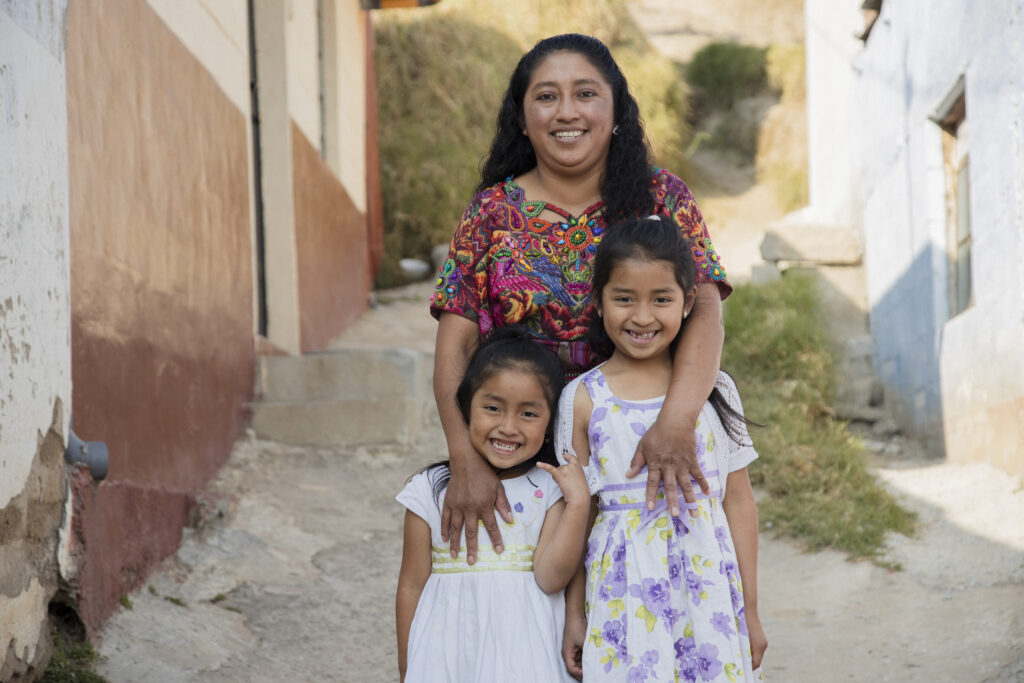Pillar One: New National Action Lab
The COVID-19 pandemic showed us how fast we can move when we all decide an issue is a national crisis. The new National Racial Health Justice Action Lab treats health equity as an emergency to speed progress towards racial health equity and justice for everyone. The Action Lab is practitioner-focused and works to:
- Increase the spread of ideas quickly.
- Create the political, financial, and relationship conditions needed for successful implementation.
- Provide health practitioners creative time and sabbaticals to create the next generation of practice.
With generous support from our founding funders, the National Lab pilots in California in 2023 and will expand to 47 cities nationwide by 2024.




